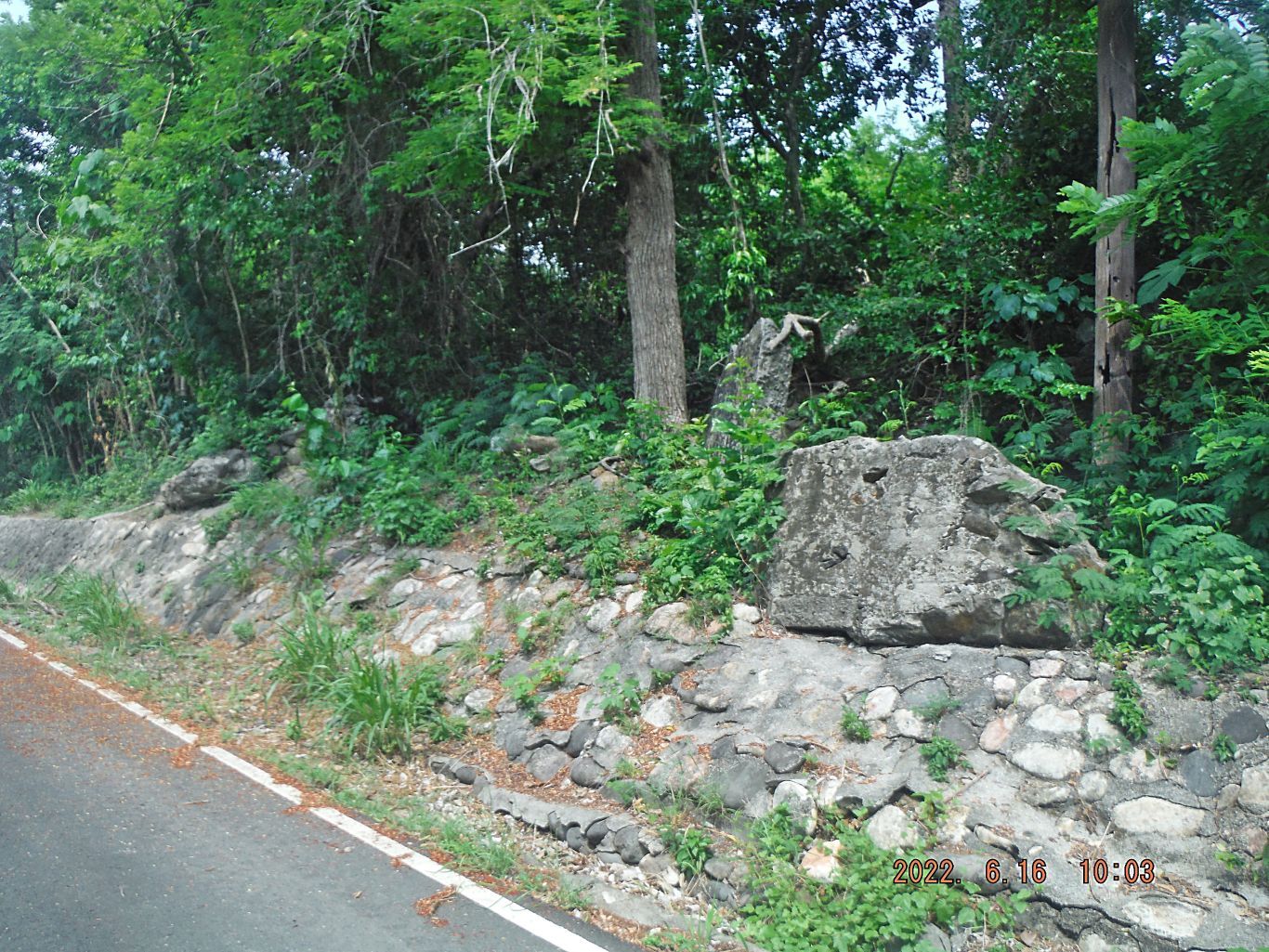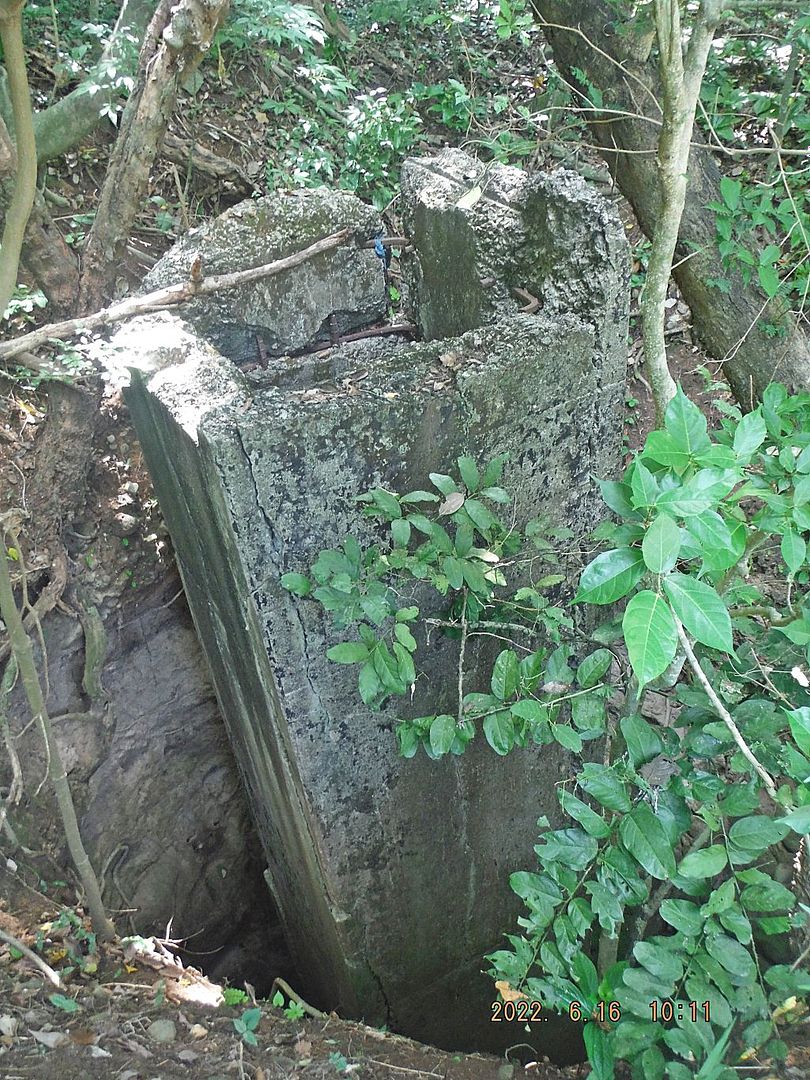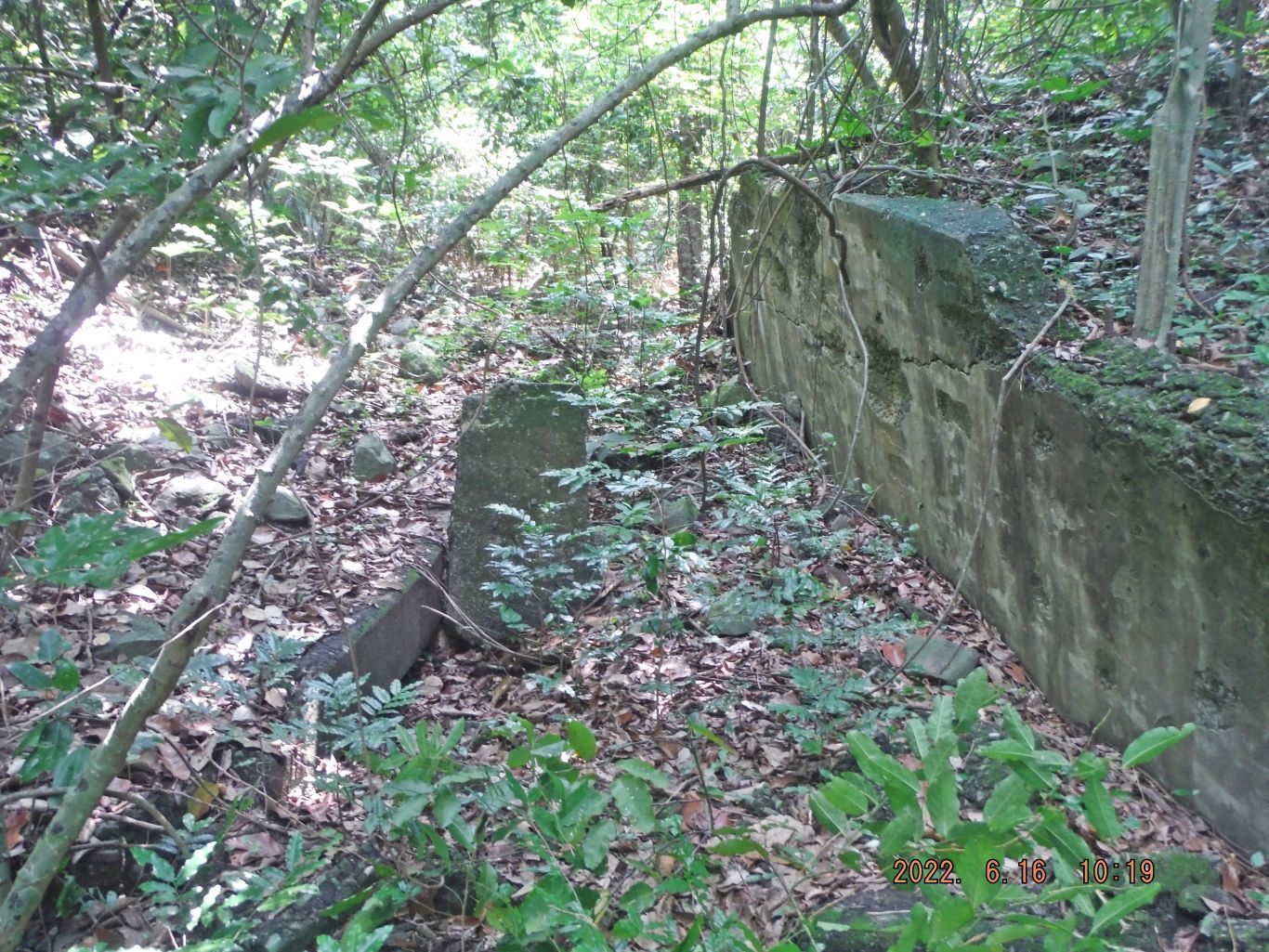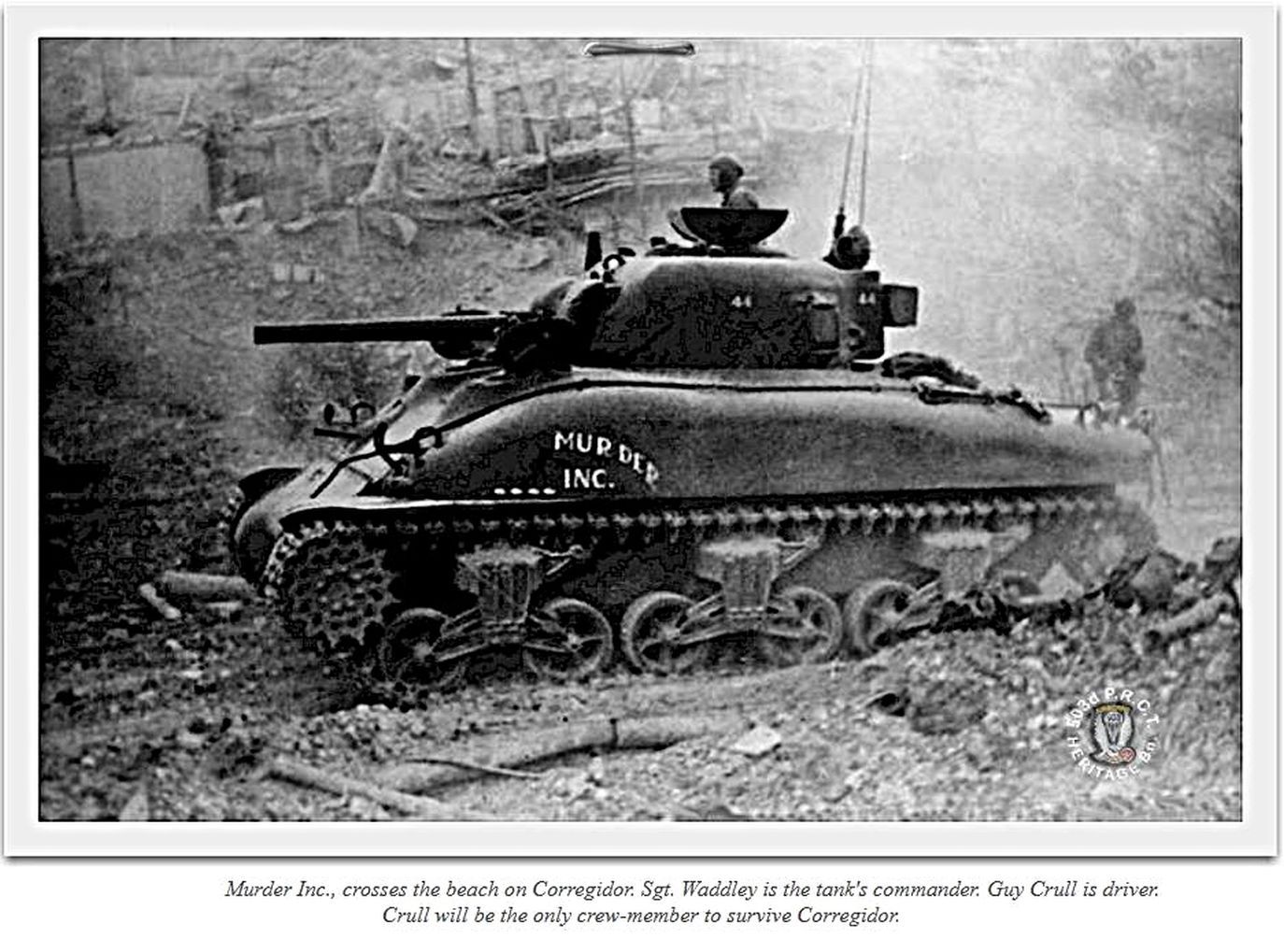Post by Karl Welteke on Jun 26, 2022 16:25:27 GMT 8
Navy Radio Intercept Tunnel on Corregidor
5 pictures of my walk 22-06-16
Is a fascinating history of WWII and particular of Corregidor; here are some bullet lines.
- The personnel provided information about Japanese Naval operations which made possible US Navy victories in the Coral Sea and at Midway, for example.
-The last of the personnel from Station ''C'' were evacuated during March 1942, well ahead of the surrender of Corregidor on 6 May 1942.
-On the 26th of Feb. 1945 there was a horrific and huge explosion in the Navy Intercept Tunnel.
-From that 26th Feb 1945 explosion about 30 Paratroopers were killed outright and about 125 seriously injured.
- Both of the tanks were tossed into the air like toys. The one Guy C. Crull was driving was blown into the air and tumbled end over end and came to rest down the ridge, trapping the crew inside. (Only the driver survived, an acetylene cutting rigs had to be obtained from a Navy warship to cut the crew out).
-It was thought the Navy Intercept tunnel got destroyed but it has been explored and the tunnel can be entered, others, including me followed those trail blazers.
The Navy Intercept Tunnel was my next stop; it is close to Kindley Airfield. I wanted to prove it is easy to climb down the crater wall to the tunnel main entrance where it blew up and find the ball court with wall. Indeed it was easy to climb down but difficult to get to the wall because the whole area is now grown over with thorny bushes.
At the end of this presentation are 5 very interesting links about the Navy Intercept Tunnel and after that I copied two whole paragraphs from one of the links which make very interesting reading

220626 Navy Intercept Tnl. 1. The east entrance of the Navy Intercept Tunnel on Corregidor.

220626 Navy Intercept Tnl. 2. The air ventilation shaft of the Navy Intercept Tunnel on Corregidor with all the lose earth blown away from the 26th Feb. 1945 explosion.

220626 Navy Intercept Tnl. 3. The main entrance of the Navy Intercept Tunnel on Corregidor with the explosion crater behind it from the 26th Feb. 1945 explosion.

220626 Navy Intercept Tnl. 4. This is a real great image of the ball court with the high wall just outside the main entrance to the Navy Intercept Tunnel. Unfortunately this view is no longer available, the bushes you see right and left have spread and covered this whole vista and much of it is thorny. Image is courtesy of Corregidor.org.

220626 Navy Intercept Tnl. 5. This is the tank of Guy C. Crull on Corregidor. The one, Guy C. Crull was driving, was blown into the air and tumbled end over end and came to rest down the ridge, trapping the crew inside. (Only the driver survived, an acetylene cutting rigs had to be obtained from a Navy warship to cut the crew out). Image is courtesy of Corregidor.org.
URLs
The Navy Radio Intercept Tunnel Corregidor proboard:
corregidor.proboards.com/thread/953/navy-radio-intercept-tunnel
Field Note, Navy Intercept, from fots2
corregidor.org/fieldnotes/htm/fots2-110423-1.htm
Tank Pilot, Monkey Point Explosion, Corregidor 1945
www.corregidor.org/rock_force/crull/crull.html
Navy Intercept from Abbott, Corregidor.org, the trail balazer.
www.corregidor.org/heritage_battalion/abbott/navytunnel.html
Secrete Corregidor, a long list of links about the Navy Radio Intercept operation:
corregidor.org/_admin/CTN_central/ctn_secret_index_composite.htm
Paragraph 1
As the siege of Corregidor began soon after the Japanese attack on Pearl Harbor in December, 1941, the Army settled down to hold out on Bataan and Corregidor as long as they possibly could, assuming the United States would send reinforcements. The personnel at the Navy Intercept Tunnel, on the other hand, began to be removed from the dangerous location as fast as the Navy could arrange for submarine transportation. These highly trained people had an extremely important role to play in monitoring Japanese secret communications which made it imperative they (1) should not fall into Japanese hands as Prisoners of War and (2) be moved so they could continue their operations elsewhere. Station ''C'' personnel provided information about Japanese Naval operations which made possible US Navy victories in the Coral Sea and at Midway, for example. The last of the personnel from Station ''C'' were evacuated during March 1942, well ahead of the surrender of Corregidor on 6 May 1942.
Paragraph 2
The actual cause of that explosion will, undoubtedly, never be known for certain. What is known is that a very large supply of high explosives was set off. People who were close to the site at the time have two somewhat different theories. One is that the Japanese, occupying the tunnel, chose to commit suicide by setting off the explosion, thereby taking many of the Paratroopers with them. This was not an inconceivable concept considering the Japanese had not hesitated to do the same thing in other locations, but on a much smaller scale. The other version, and the one which seems more likely, is that the explosion was set off accidentally by the tank, sitting on a small mound near the Main Entrance firing into the mouth of the tunnel. The force of the explosion was such that the tank was blown into the air and landed upside down. Whichever version is correct there is no doubt but what the explosion was a catastrophic event. Available records give the number of casualties for 26 February but do not break out those due to this event alone. It appears, however, there were about 30 Paratroopers killed outright and about 125 seriously injured. The real number of injured will never be known since a number of men with cuts and bruises, which would have been considered seriously disabling under other circumstances, did not seek help because they knew others needed help much more than they.
5 pictures of my walk 22-06-16
Is a fascinating history of WWII and particular of Corregidor; here are some bullet lines.
- The personnel provided information about Japanese Naval operations which made possible US Navy victories in the Coral Sea and at Midway, for example.
-The last of the personnel from Station ''C'' were evacuated during March 1942, well ahead of the surrender of Corregidor on 6 May 1942.
-On the 26th of Feb. 1945 there was a horrific and huge explosion in the Navy Intercept Tunnel.
-From that 26th Feb 1945 explosion about 30 Paratroopers were killed outright and about 125 seriously injured.
- Both of the tanks were tossed into the air like toys. The one Guy C. Crull was driving was blown into the air and tumbled end over end and came to rest down the ridge, trapping the crew inside. (Only the driver survived, an acetylene cutting rigs had to be obtained from a Navy warship to cut the crew out).
-It was thought the Navy Intercept tunnel got destroyed but it has been explored and the tunnel can be entered, others, including me followed those trail blazers.
The Navy Intercept Tunnel was my next stop; it is close to Kindley Airfield. I wanted to prove it is easy to climb down the crater wall to the tunnel main entrance where it blew up and find the ball court with wall. Indeed it was easy to climb down but difficult to get to the wall because the whole area is now grown over with thorny bushes.
At the end of this presentation are 5 very interesting links about the Navy Intercept Tunnel and after that I copied two whole paragraphs from one of the links which make very interesting reading

220626 Navy Intercept Tnl. 1. The east entrance of the Navy Intercept Tunnel on Corregidor.

220626 Navy Intercept Tnl. 2. The air ventilation shaft of the Navy Intercept Tunnel on Corregidor with all the lose earth blown away from the 26th Feb. 1945 explosion.

220626 Navy Intercept Tnl. 3. The main entrance of the Navy Intercept Tunnel on Corregidor with the explosion crater behind it from the 26th Feb. 1945 explosion.

220626 Navy Intercept Tnl. 4. This is a real great image of the ball court with the high wall just outside the main entrance to the Navy Intercept Tunnel. Unfortunately this view is no longer available, the bushes you see right and left have spread and covered this whole vista and much of it is thorny. Image is courtesy of Corregidor.org.

220626 Navy Intercept Tnl. 5. This is the tank of Guy C. Crull on Corregidor. The one, Guy C. Crull was driving, was blown into the air and tumbled end over end and came to rest down the ridge, trapping the crew inside. (Only the driver survived, an acetylene cutting rigs had to be obtained from a Navy warship to cut the crew out). Image is courtesy of Corregidor.org.
URLs
The Navy Radio Intercept Tunnel Corregidor proboard:
corregidor.proboards.com/thread/953/navy-radio-intercept-tunnel
Field Note, Navy Intercept, from fots2
corregidor.org/fieldnotes/htm/fots2-110423-1.htm
Tank Pilot, Monkey Point Explosion, Corregidor 1945
www.corregidor.org/rock_force/crull/crull.html
Navy Intercept from Abbott, Corregidor.org, the trail balazer.
www.corregidor.org/heritage_battalion/abbott/navytunnel.html
Secrete Corregidor, a long list of links about the Navy Radio Intercept operation:
corregidor.org/_admin/CTN_central/ctn_secret_index_composite.htm
Paragraph 1
As the siege of Corregidor began soon after the Japanese attack on Pearl Harbor in December, 1941, the Army settled down to hold out on Bataan and Corregidor as long as they possibly could, assuming the United States would send reinforcements. The personnel at the Navy Intercept Tunnel, on the other hand, began to be removed from the dangerous location as fast as the Navy could arrange for submarine transportation. These highly trained people had an extremely important role to play in monitoring Japanese secret communications which made it imperative they (1) should not fall into Japanese hands as Prisoners of War and (2) be moved so they could continue their operations elsewhere. Station ''C'' personnel provided information about Japanese Naval operations which made possible US Navy victories in the Coral Sea and at Midway, for example. The last of the personnel from Station ''C'' were evacuated during March 1942, well ahead of the surrender of Corregidor on 6 May 1942.
Paragraph 2
The actual cause of that explosion will, undoubtedly, never be known for certain. What is known is that a very large supply of high explosives was set off. People who were close to the site at the time have two somewhat different theories. One is that the Japanese, occupying the tunnel, chose to commit suicide by setting off the explosion, thereby taking many of the Paratroopers with them. This was not an inconceivable concept considering the Japanese had not hesitated to do the same thing in other locations, but on a much smaller scale. The other version, and the one which seems more likely, is that the explosion was set off accidentally by the tank, sitting on a small mound near the Main Entrance firing into the mouth of the tunnel. The force of the explosion was such that the tank was blown into the air and landed upside down. Whichever version is correct there is no doubt but what the explosion was a catastrophic event. Available records give the number of casualties for 26 February but do not break out those due to this event alone. It appears, however, there were about 30 Paratroopers killed outright and about 125 seriously injured. The real number of injured will never be known since a number of men with cuts and bruises, which would have been considered seriously disabling under other circumstances, did not seek help because they knew others needed help much more than they.


